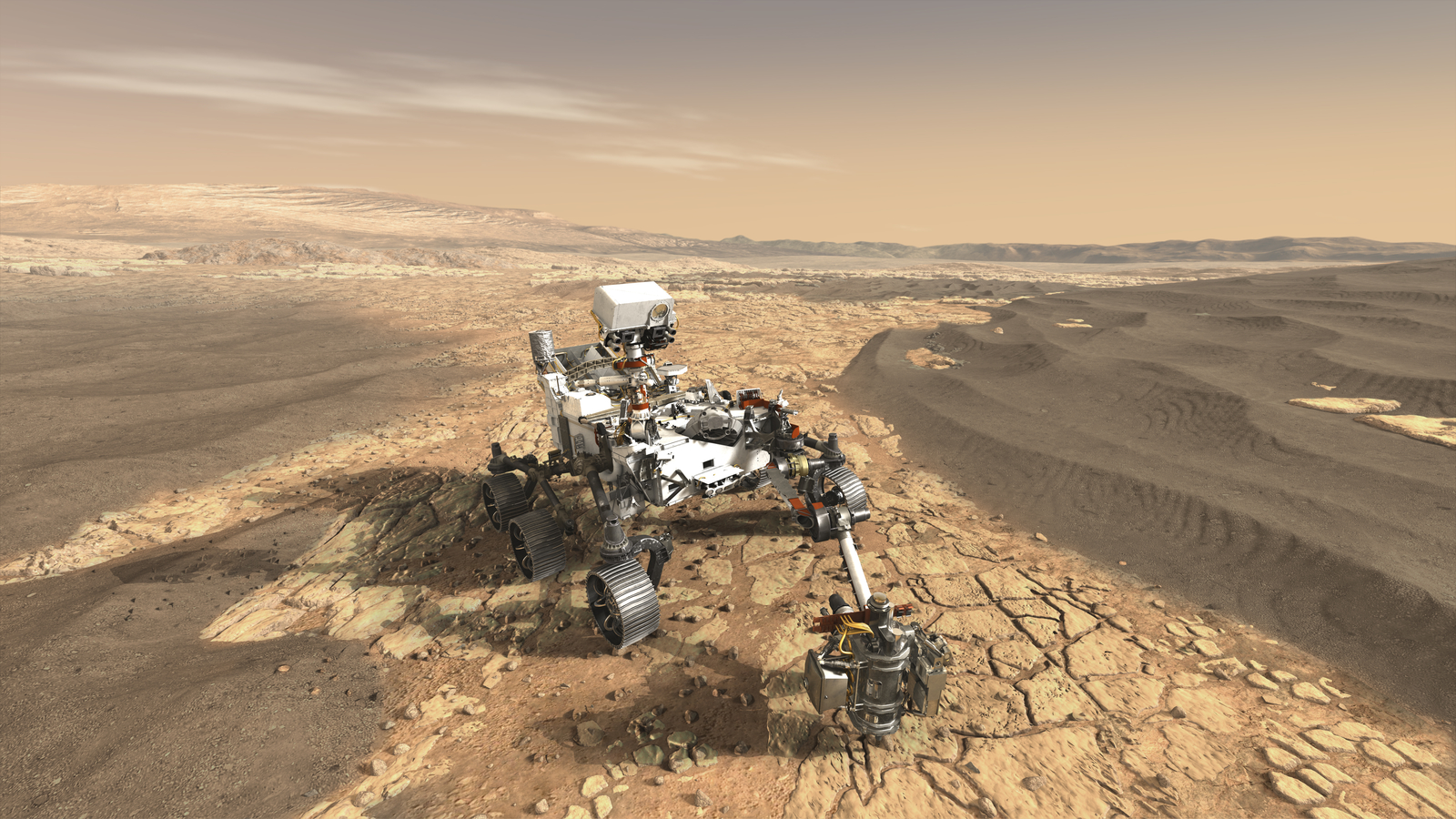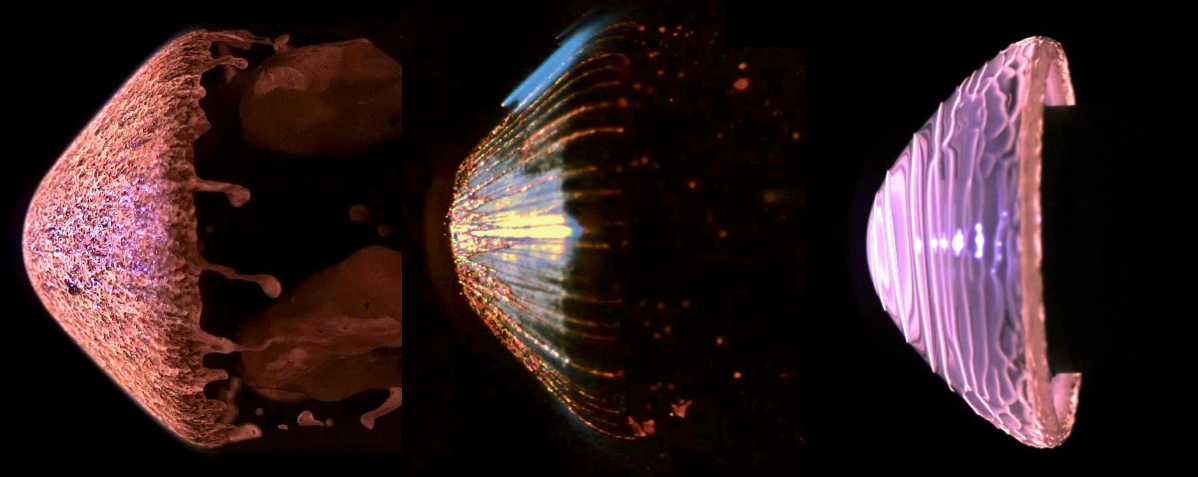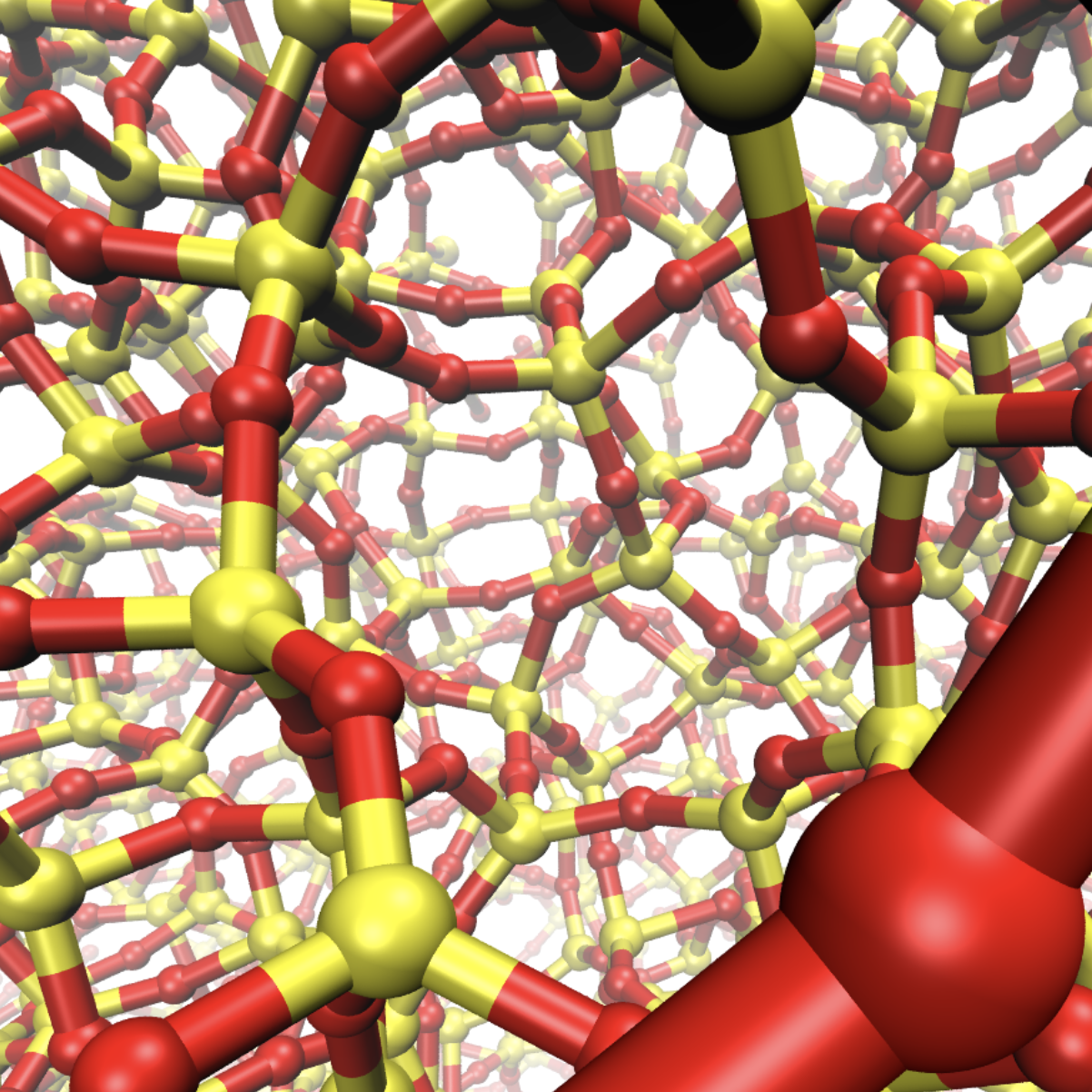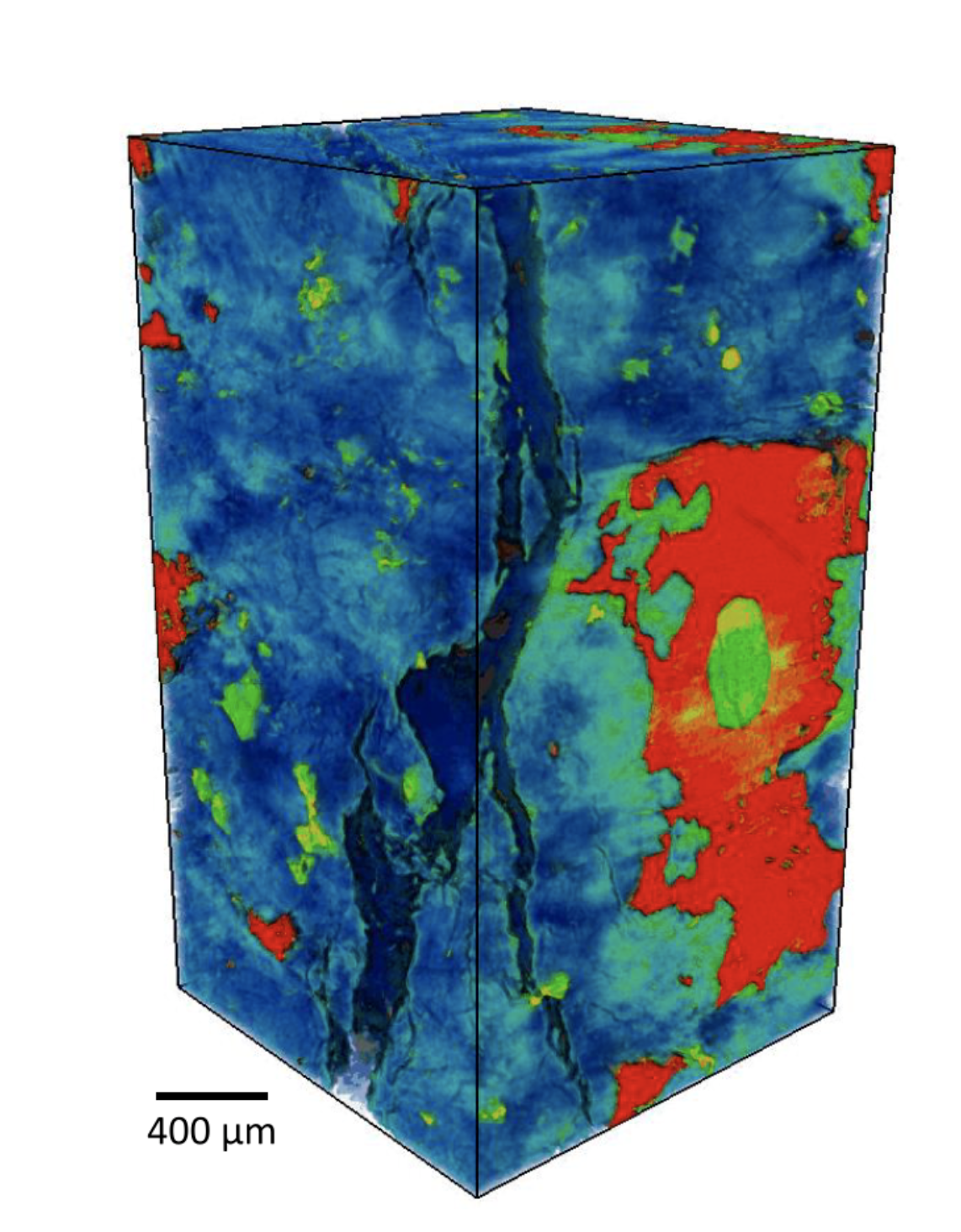NASA’s Science Mission Directorate and the nation’s science community use space observatories to conduct scientific studies of the Earth from space to visit and return samples from other bodies in the solar system, and to peer out into our Galaxy and beyond.
Mars 2020
With the great success of Curiosity, NASA will be launching a new scientific rover to Mars in 2020. The mission will investigate key questions about the habitability of Mars and the possibility of past and present life on the Red Planet. The capsule bringing the rover to Mars will require thermal protection in order to survive entry into the Martian atmosphere. Once on Mars, the rover will survey the natural resources and hazards on the planet’s surface for potential landing sites of future human expeditions. The rover will also collect interesting rock and soil samples and store them in special canisters. The goal is to return these cached samples back to Earth for further analysis.
The Mars 2020 mission will leverage on the successful architecture of NASA’s Mars Science Laboratory (MSL) mission, including the Mars Entry, Descent, and Landing Instrumentation 2 (MEDLI2) suite on the heat shield and back shell. The Thermal Protection Materials Branch is involved in planning of arc jet tests that aim towards Flight Lot Acceptance of the heat shield and back shell thermal protection materials; the Branch will compare their performance to similar test results from the MSL mission.
Asteroid Threat Assessment Project (ATAP)
The Thermal Protection Materials Branch is supporting the Asteroid Threat Assessment Project (ATAP), which is tasked with characterizing the risk posed to Earth by Near-Earth Asteroids (NEAs). Specifically, the Branch works to improve understanding of the complex phenomena that occur during high-speed atmospheric entry by leveraging the Branch’s expertise in high-energy testing, material characterization, and high-fidelity simulation.
Experiments performed in the NASA Ames Arc Jet Facility have reproduced conditions similar to the extreme environments that asteroids experience during atmospheric entry. The extraordinary images (see figure 1) from this experiment are yielding insight in the mechanisms by which asteroids shed mass as they enter the atmosphere, as well as unique data for the development of new models for meteor ablation. This new data, in concert with high-fidelity simulations at the molecular scale (see figure 2), are helping the ATAP project improve their predictions of the damage that could be caused by an asteroid impact with Earth.
Researchers in the Branch are also utilizing unique facilities for performing X-ray computed micro-tomography (a technique for taking three-dimensional images at very high-resolution) to understand and develop models for the fracture processes that occur when asteroids hit the atmosphere at high speeds, as well as characterize the internal structure of meteoritic material. First-of-their-kind experiments have been performed where a meteorite sample is subjected to a compressive stress while simultaneously being imaged using this technique. This has allowed us to see how this material fractures (see figure 3) and will lead to better models for asteroid break-up.































